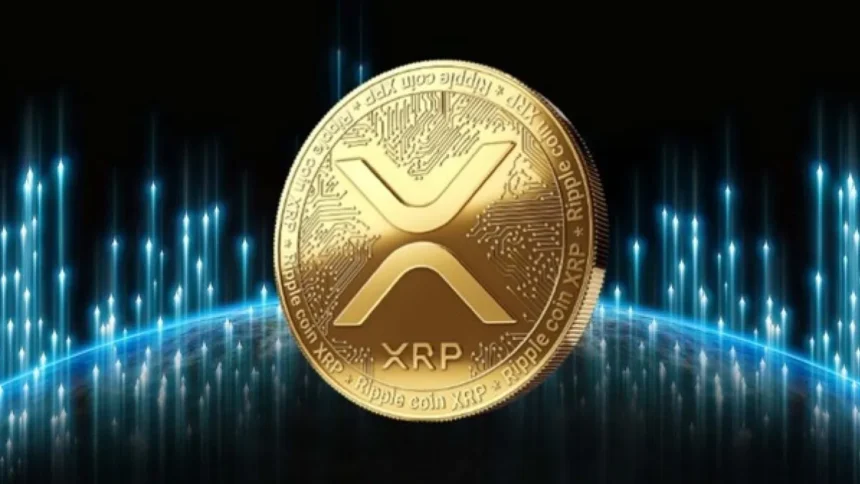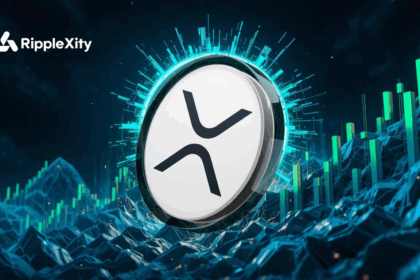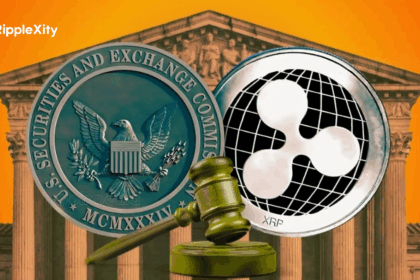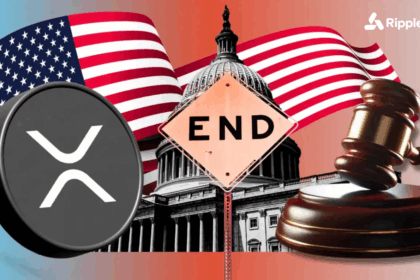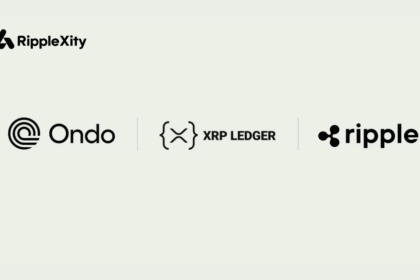While much of the crypto industry has taken a “move fast and break things” approach, Ripple has consistently positioned itself as one of the most regulator-friendly players in blockchain.
From lawsuits and legal clarity in the U.S. to regulatory partnerships worldwide, Ripple’s strategy is not to fight regulation, but to shape it — ensuring its solutions are trusted, compliant, and enterprise-ready.
In this article, we break down Ripple’s regulatory journey, its legal battles, and why compliance is its greatest competitive advantage.
The Regulatory Problem in Crypto
Blockchain technology operates across borders, but regulatory frameworks do not.
Most projects face challenges like:
- 🌐 Jurisdictional conflicts
- ⚖️ Unclear classification of tokens as securities or commodities
- 🏦 Banking access barriers due to compliance risks
- ❌ Global uncertainty limiting institutional adoption
Ripple has faced these challenges head-on, including one of the most high-profile legal battles in crypto history.
Ripple vs. SEC: The Landmark Case
In December 2020, the U.S. Securities and Exchange Commission (SEC) filed a lawsuit against Ripple Labs, alleging that XRP was sold as an unregistered security.
Key Milestones:
- 🔍 Ripple argued that XRP is a digital currency, not a security.
- 🏛️ After years of legal proceedings, in July 2023, Ripple won a partial victory when a U.S. court ruled that XRP is not a security when sold on exchanges.
- ✅ This legal clarity has reopened doors to U.S. markets, exchanges, and institutions.
While the case continues in certain areas, this victory is seen as a major regulatory milestone for the entire crypto industry.
Ripple’s Proactive Global Regulatory Engagement
Unlike many projects that avoid regulation, Ripple actively engages with:
- 🏛️ Governments and central banks
- 📜 Regulatory agencies
- 🏦 Financial institutions
Ripple has:
- Joined industry bodies like the Digital Pound Foundation, ISO 20022 Standardization Group, and the Open Payments Coalition.
- Advised governments on CBDC design and digital asset frameworks.
- Collaborated with central banks on compliance-first digital currency pilots.
Regulatory Partnerships & Market Access
Ripple’s regulatory-first approach has enabled it to operate in:
- Europe 🇪🇺 — leveraging MiCA clarity to expand services
- Middle East & UAE 🇦🇪 — obtaining approvals to access $400B trade and $40B remittance markets
- Asia-Pacific 🌏 — with partnerships in Japan, Singapore, and the Philippines
- Latin America 🌎 — with regulated partners like Bitso and Novatti
Ripple’s Compliance-Ready Infrastructure
Ripple’s technology is designed with regulatory compliance in mind:
- ✅ KYC/AML tools built into RippleNet
- ✅ Transaction monitoring & reporting features
- ✅ Freeze & control mechanisms for institutional asset issuers on XRPL
- ✅ Private, permissioned ledgers for CBDCs and regulated stablecoins
Why Compliance Is Ripple’s Competitive Advantage
- 📈 Attracts institutional capital that avoids unregulated environments
- ⚖️ Minimizes legal risk for partners and users
- 🌍 Opens doors to global markets with regulatory clarity
- 🛠️ Enables integration with existing financial systems
Ripple is positioning itself not just as a tech provider, but as a trusted infrastructure partner for the future of regulated digital finance.
Final Thoughts
Ripple’s regulatory journey proves that compliance is not a barrier — it’s a gateway to mass adoption.
By working with, not against, regulators worldwide, Ripple is building the legal and technical foundation needed to scale blockchain across global finance.
At Ripplexity, we’ll continue covering Ripple’s leadership in shaping a compliant, trusted Web3 future.




